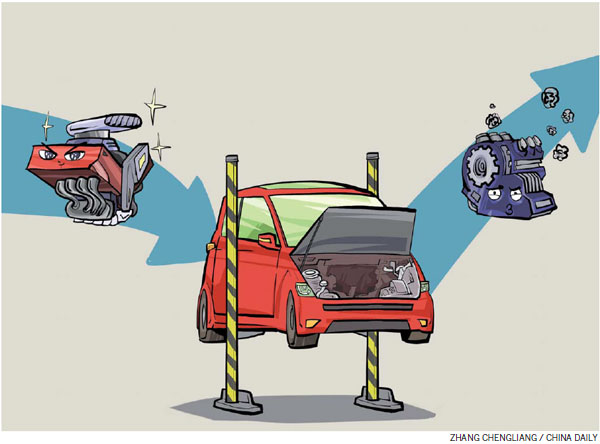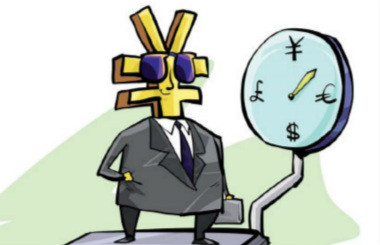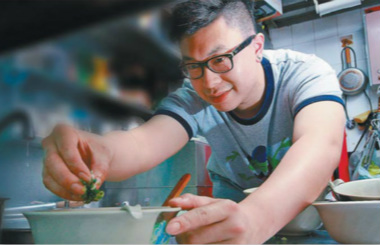Embracing age of supply-side reform
Updated: 2016-01-29 07:50
By Zhu Zhenxin(China Daily Europe)
|
|||||||||||

Goals include reducing overcapacity, bad loans and local government debt, and boosting the service sector
The Chinese government, long used to demand-side management, is now trying to change its role and is putting more of its energies into supply-side reform.
There are two ways to shed overcapacity: one is to increase demand; the other is to reduce supply.
In the 1990s, both methods were used. The government cut supply. And then demand increased due to globalization (China joined the World Trade Organization in 2001) and real estate became a pillar industry.
But things have changed again.
Instead of having a globalization dividend, China now faces pressure from global rebalancing. Instead of opportunities like joining the WTO, the country faces pressure from the Trans-Pacific Partnership and the Transatlantic Trade and Investment Partnership. Moreover, as its advantage in low-cost labor disappears, exports may no longer solve the problem of overcapacity.
In addition, the real estate dividend has changed to a situation in which the number of unsold homes needs to be reduced.
Over the past 10 years, China has built 17,400 square kilometers of new homes. Yet over that time, just 11,700 sq km of homes have been sold, of which at least 30 percent are secondhand. The difference between supply and sales is vast.
Today's Top News
New China-led bank 'will be inclusive'
Horizons expand for Chinese companies in France
Negotiating political transition in Syria 'possible'
Man arrested with handguns at Disneyland Paris
Record number of Chinese tourists visited UK in 2015
Foreigners fill in Spring Festival courier gap
UK adventurer dies on solo journey
Families of expats in China can stay longer
Hot Topics
Lunar probe , China growth forecasts, Emission rules get tougher, China seen through 'colored lens', International board,
Editor's Picks

|

|

|

|

|

|






